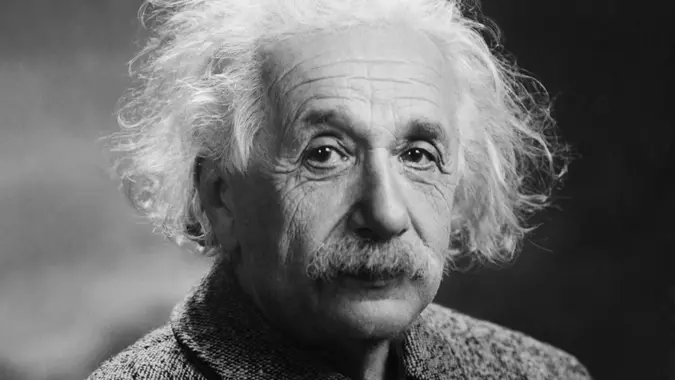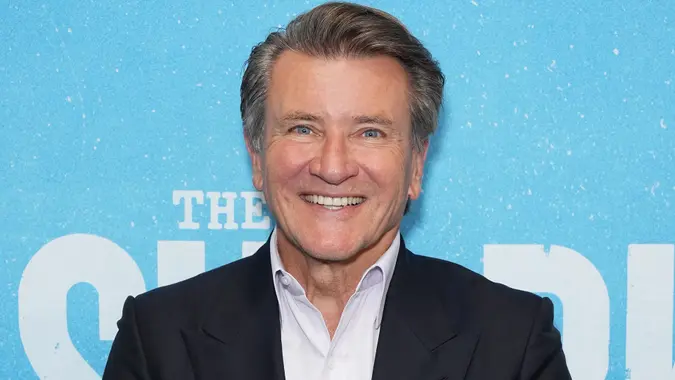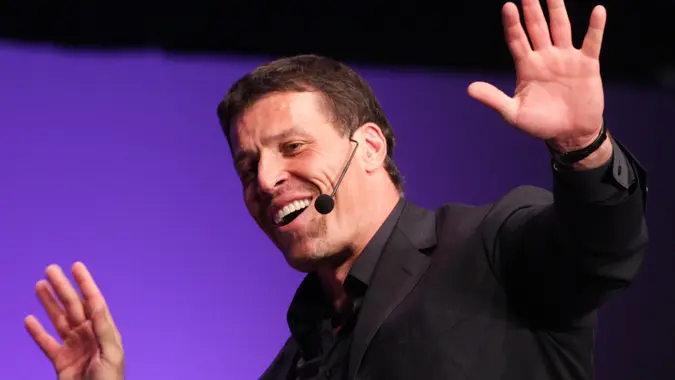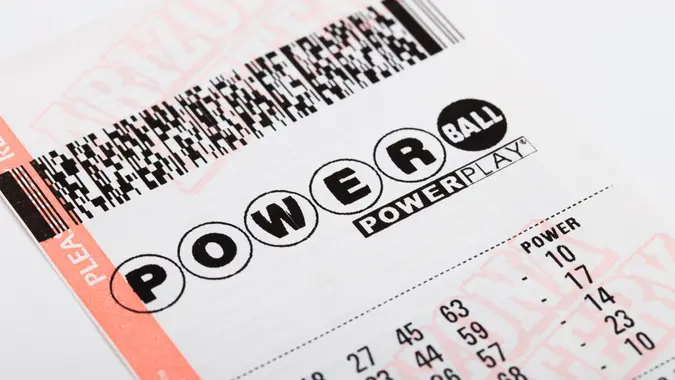8 Things the Rich Spend Money on That Poor and Middle Class People Don’t

Commitment to Our Readers
GOBankingRates' editorial team is committed to bringing you unbiased reviews and information. We use data-driven methodologies to evaluate financial products and services - our reviews and ratings are not influenced by advertisers. You can read more about our editorial guidelines and our products and services review methodology.

20 Years
Helping You Live Richer

Reviewed
by Experts

Trusted by
Millions of Readers
There are obvious answers that come to mind when you consider what rich people spend money on that poorer or middle-class families don’t. What’s more important to focus on, however, is what any social status can afford, but only the wealthy invest in.
For instance, rich folks tend to invest in retirement consistently, invest in education, and take better care of their health by purchasing high-quality products and food. You could say these are examples of where poverty lines are drawn in the sand.
Although it’s common to think of the wealthy as people who have a net worth of millions, drive luxury cars or carry expensive designer bags, data on their spending patterns paints a different story. Those with high annual incomes or generational wealth do enjoy extravagant vacations — but they also direct a portion of their wealth to grow their money via investment accounts and other financial planning strategies.
Here are the things the rich spend their money on that the poor and middle class typically don’t.
Healthy Food
Tom Corley, a financial planner and author of the book “Rich Habits: The Daily Success Habits of Wealthy Individuals,” spent five years studying 233 millionaires. What he found was that millionaires spent their money differently, especially when it comes to food.
According to Corley, the wealthy prioritize their health by purchasing whole, organic food. According to his data, 97% of poor people eat more than 300 calories of junk food per day, whereas 70% of wealthy people eat less than 300 calories of junk food per day. He also found that wealthy people exercised more frequently than the poor.
High-Quality Products
Corley’s research also showed that wealthy people were more likely to purchase high-quality clothing and furniture than people who bring in less than the national median household income. They avoid buying fast fashion or cheaply made goods in favor of clothes or furniture that last much longer, which seems counterintuitive but ultimately helps keep up with long-term cost-of-living considerations.
Even if high-quality products cost more, the wealthy prefer longer-lasting products to cheaper items that have to be replaced frequently. It also actually saves them money over time.
Experiences and Events
According to consumer expenditure data from the Bureau of Labor Statistics (BLS), the rich spend more on entertainment, which is a category that includes fees and admissions to sporting events, concerts and museums. It also includes pet toys, hobbies and playground equipment.
Of course, this doesn’t mean that the poor and middle class don’t pay for a night on the town, but it does mean that they don’t go out as often.
Pets
While there are approximately over 200 million pets in the United States, how people spend on their pets varies depending if you are in a high tax bracket or earn less than the national median income. According BLS data, people with incomes in the highest quintile spend over four times more on their pets than those in the lowest quintile.
Retirement
Data from the U.S. Government Accountability Office highlights the disparities in retirement account savings based on income level. Here are a few key takeaways:
- On average, people aged 51 to 64 in the highest income quintile had retirement savings of approximately $605,000.
- The middle-income quintile was much lower, at approximately $100,000.
- Finally, the lowest income quintile had an average retirement savings of around $75,000.
Unsurprisingly, this data showed that high-income workers contributed larger percentages of their pay to their retirement accounts. In other words, the rich make sure to spend a percentage of their incomes growing their wealth even more through investing when compared to middle-class households.
Education
It’s no secret that getting an education is becoming more expensive, and millions of people struggle to afford tuition or pay off student loans. Interestingly, the top 1% of earners spend almost 6% of their income on education; the middle class spends just over 1% on education.
Dubbed “inconspicuous consumption,” educational spending does not just refer to college expenditures. Rather, it can include private education for their children from pre-school to beyond.
Healthcare Bills
Americans of all socioeconomic classes have healthcare costs, but how the wealthy pay for their health needs differs from those defined as middle class, lower class or below the poverty line.
According to a report from the think tank Third Way, approximately 13% of higher-income people have unpaid healthcare bills. Nearly 24% of the middle class have unpaid bills and 22% of lower-income Americans have unpaid healthcare bills as well.
The report highlighted that the middle class is hit hardest with medical debt even if they have good health insurance, likely because they might not qualify for medical assistance programs.
Frequent Vacations
It’s not just the flashy real estate that rich people live in that can be a giveaway to their income level, it’s also about how much they spend when they leave home.
The cost of travel includes food on trips as well as alcohol, lodging, transportation and entertainment. Although spending in this category dropped substantially for all income levels during the pandemic, it is on the rise once again.
Caitlyn Moorhead contributed to the reporting for this article.
 Written by
Written by  Edited by
Edited by 

























